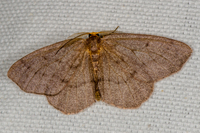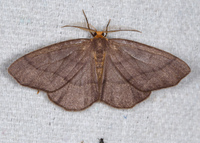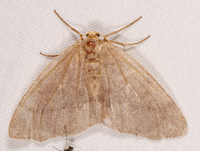
| Recorded by: John Petranka and Sally Gewalt on 2025-04-29
Warren Co.
Comment: | 
| Recorded by: Mark Basinger on 2025-04-29
Wilson Co.
Comment: |

| Recorded by: Mark Basinger on 2025-04-15
Wilson Co.
Comment: | 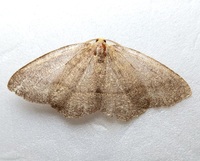
| Recorded by: Mark Basinger on 2025-04-06
Rowan Co.
Comment: |
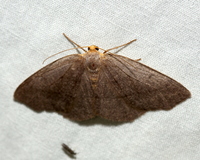
| Recorded by: David George, Jeff Niznik on 2025-04-05
Chatham Co.
Comment: | 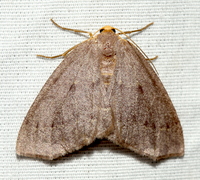
| Recorded by: David George, Jeff Niznik on 2025-04-05
Chatham Co.
Comment: |
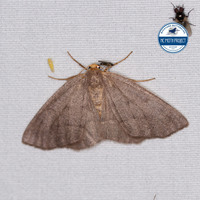
| Recorded by: Lior S. Carlson, Dean Furbish on 2025-04-05
Orange Co.
Comment: | 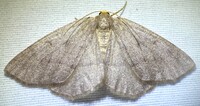
| Recorded by: Lior S. Carlson, Dean Furbish on 2025-04-05
Orange Co.
Comment: |

| Recorded by: Mark Basinger on 2025-04-01
Wilson Co.
Comment: | 
| Recorded by: Mark Basinger on 2025-04-01
Wilson Co.
Comment: |
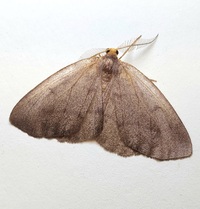
| Recorded by: Mark Basinger on 2025-03-31
Wilson Co.
Comment: | 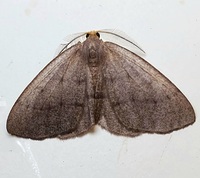
| Recorded by: Mark Basinger on 2025-03-30
Wilson Co.
Comment: |
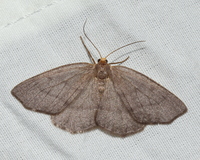
| Recorded by: David George, Jeff Niznik, Rich Teper on 2025-03-28
Chatham Co.
Comment: | 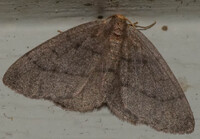
| Recorded by: Chuck Smith on 2025-03-28
Harnett Co.
Comment: |

| Recorded by: Jeff Niznik on 2024-05-13
Madison Co.
Comment: | 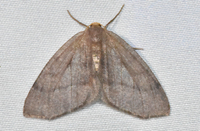
| Recorded by: Emily Stanley on 2024-05-08
Buncombe Co.
Comment: |
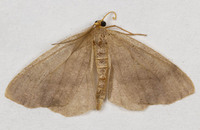
| Recorded by: Stephen Hall, David George, and David Bradley on 2024-05-07
Durham Co.
Comment: | 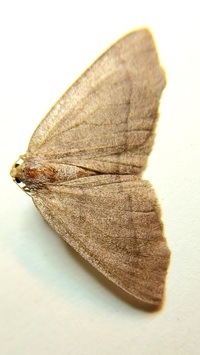
| Recorded by: Mark Basinger on 2024-05-03
Wilson Co.
Comment: |

| Recorded by: David George, Stephen Dunn, Jeff Niznik on 2024-04-29
Chatham Co.
Comment: | 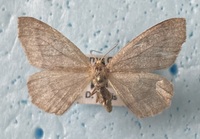
| Recorded by: Darryl Willis on 2024-04-25
Cabarrus Co.
Comment: |
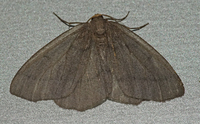
| Recorded by: Chuck Smith and John Petranka on 2024-04-24
Gates Co.
Comment: | 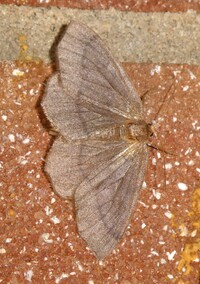
| Recorded by: Simpson Eason on 2024-04-16
Durham Co.
Comment: |
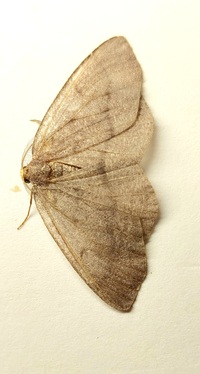
| Recorded by: Mark Basinger on 2024-04-15
Wilson Co.
Comment: | 
| Recorded by: Stephen Hall on 2024-04-14
Orange Co.
Comment: |
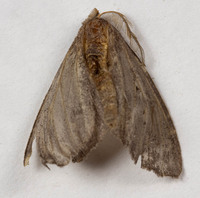
| Recorded by: Stephen Hall on 2024-04-14
Orange Co.
Comment: | 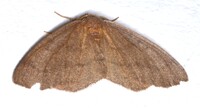
| Recorded by: Stephen Dunn on 2024-04-14
Orange Co.
Comment: |

| Recorded by: Dean Furbish on 2024-04-10
Wake Co.
Comment: | 
| Recorded by: Dean Furbish on 2024-04-08
Wake Co.
Comment: |
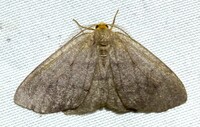
| Recorded by: Dean Furbish on 2024-04-07
Wake Co.
Comment: | 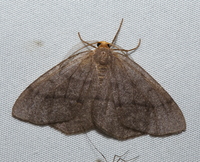
| Recorded by: David George, Jeff Niznik on 2024-04-01
Chatham Co.
Comment: |
|

 »
»